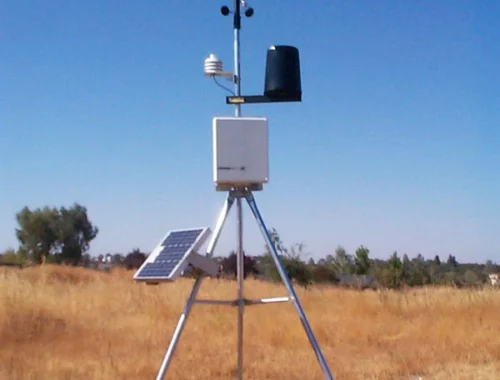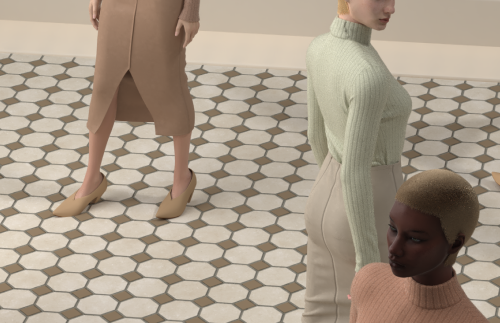Baby Diaper Material Manufacturers: Key Players and Innovations in the Industry
# Baby Diaper Material Manufacturers: Key Players and Innovations in the Industry
The baby diaper industry has seen significant advancements over the years, driven by the need for more comfortable, sustainable, and efficient products. At the heart of this evolution are the baby diaper material manufacturers, who play a crucial role in shaping the future of infant care. This article explores the key players in the industry and the latest innovations that are transforming the way diapers are made and used.
## Key Players in the Baby Diaper Material Industry
Several companies have established themselves as leaders in the production of materials for baby diapers. These manufacturers are known for their commitment to quality, innovation, and sustainability.
### 1. Kimberly-Clark Corporation
Kimberly-Clark is a global leader in the production of personal care products, including baby diapers. The company is known for its innovative materials that enhance the comfort and absorbency of diapers. Their proprietary technologies, such as the Huggies brand, have set industry standards for performance and reliability.
### 2. Procter & Gamble (P&G)
Procter & Gamble is another major player in the baby diaper material market. P&G’s Pampers brand is synonymous with high-quality diapers that offer superior leak protection and comfort. The company invests heavily in research and development to create materials that are both effective and gentle on a baby’s skin.
### 3. Unicharm Corporation
Unicharm, a Japanese company, is renowned for its advanced diaper materials that prioritize both functionality and environmental sustainability. Their products often incorporate eco-friendly materials and technologies, making them a favorite among environmentally conscious consumers.
## Innovations in Baby Diaper Materials
The baby diaper industry is constantly evolving, with manufacturers introducing new materials and technologies to meet the changing needs of consumers. Here are some of the most notable innovations:
### 1. Biodegradable and Eco-Friendly Materials
As environmental concerns grow, many manufacturers are shifting towards biodegradable and eco-friendly materials. These materials are designed to break down more easily in the environment, reducing the ecological footprint of disposable diapers. Companies like Unicharm and P&G are leading the way in this area, offering diapers made from plant-based and compostable materials.
### 2. Super Absorbent Polymers (SAPs)
Super Absorbent Polymers (SAPs) have revolutionized the diaper industry by significantly enhancing the absorbency of diapers. These polymers can absorb and retain large amounts of liquid, keeping babies dry and comfortable for longer periods. Innovations in SAP technology continue to improve the performance and safety of these materials.
### 3. Breathable and Hypoallergenic Fabrics
Modern diapers are increasingly made from breathable and hypoallergenic fabrics that reduce the risk of skin irritation and rashes. These materials allow for better air circulation, keeping the baby’s skin dry and healthy. Manufacturers are also incorporating natural fibers and organic cotton to further enhance comfort and safety.
### 4. Smart Diapers
The integration of technology into baby diapers is another exciting development. Smart diapers equipped with sensors can monitor a baby’s health by detecting moisture levels, temperature, and even signs of infection. These innovations provide parents with valuable insights and peace of mind, making diaper changes more efficient and informed.
## Conclusion
Baby diaper material manufacturers are at the forefront of innovation, continuously developing new materials and technologies to improve the quality and sustainability of diapers. Key players like Kimberly-Clark, Procter & Gamble, and Unicharm are leading the charge, setting industry standards and pushing the boundaries of what is possible. As the industry evolves, we can expect even more groundbreaking advancements that will benefit both babies and the environment.
Keyword: Baby Diaper Material Manufacturers
You May Also Like

Automatic Weather Station Price Analysis and Market Trends
March 16, 2025
The Future of Fashion: How Artificial Intelligence is Revolutionizing the Industry
February 28, 2025